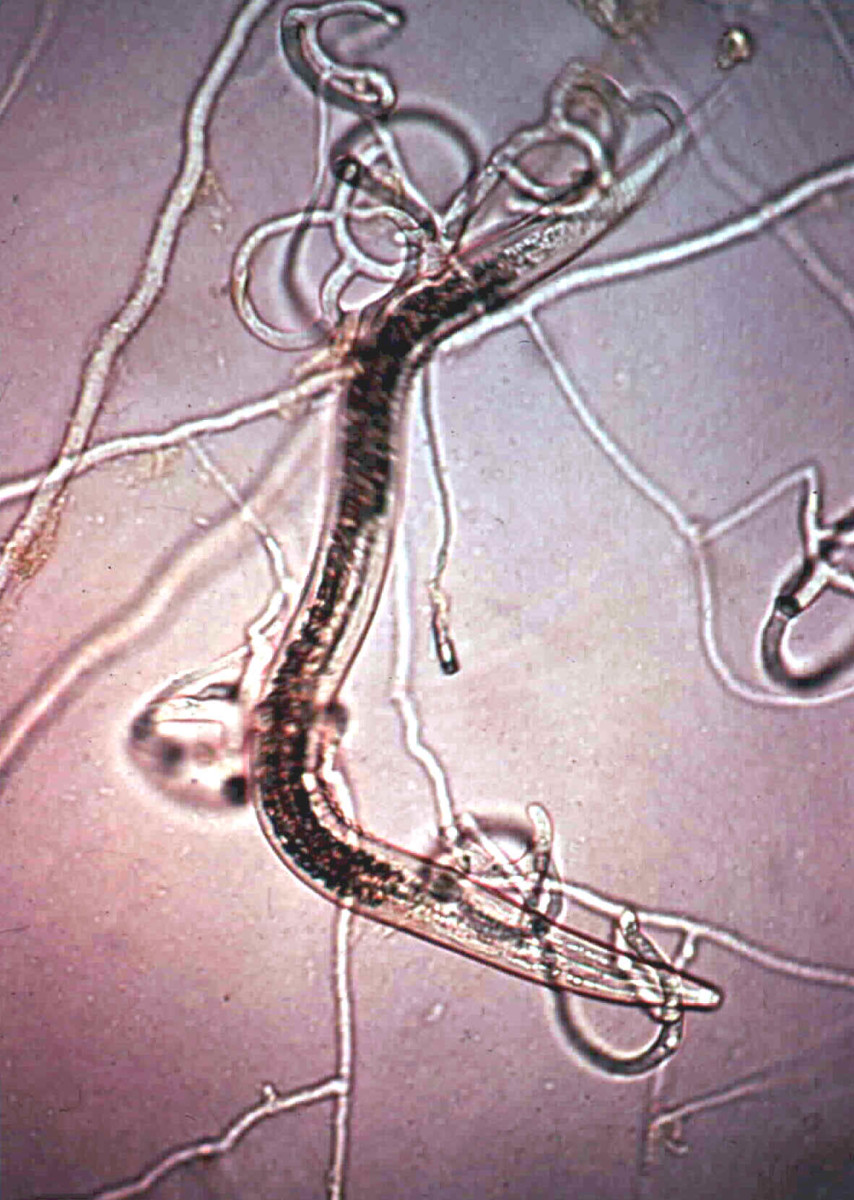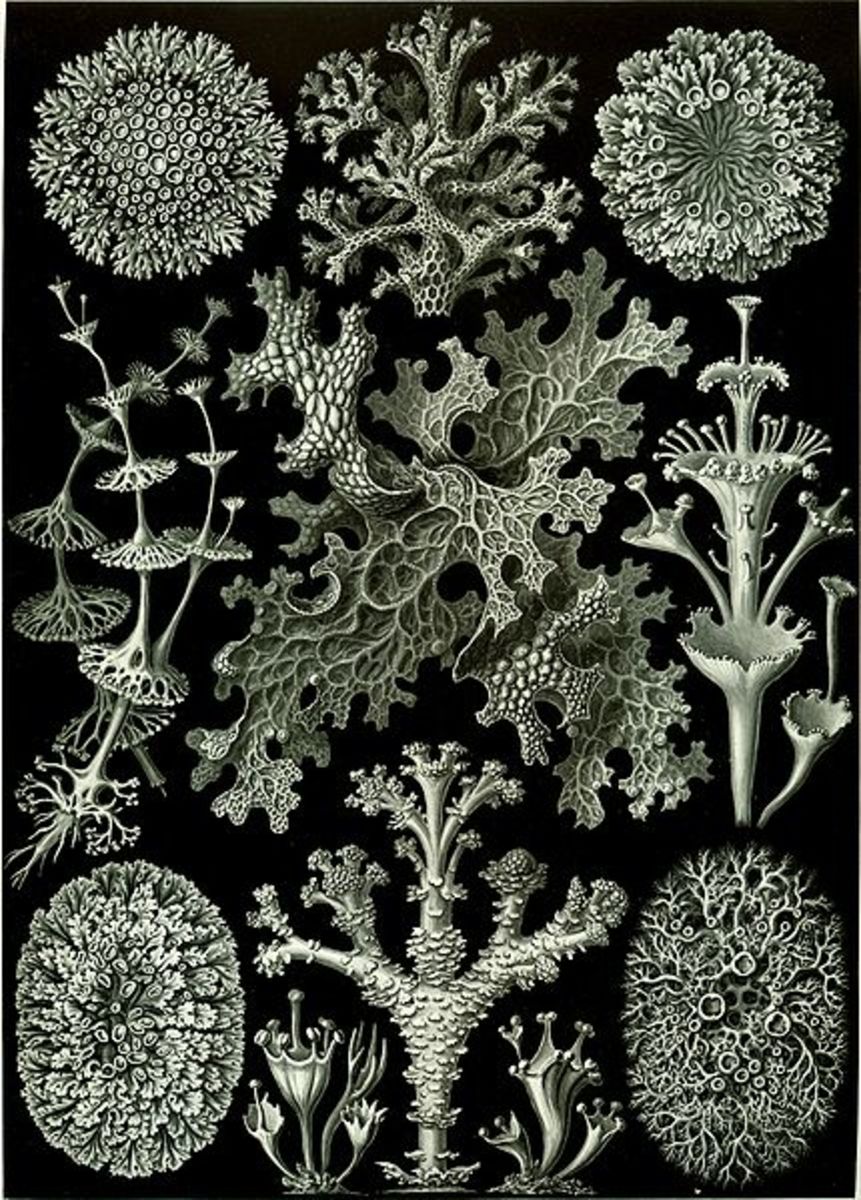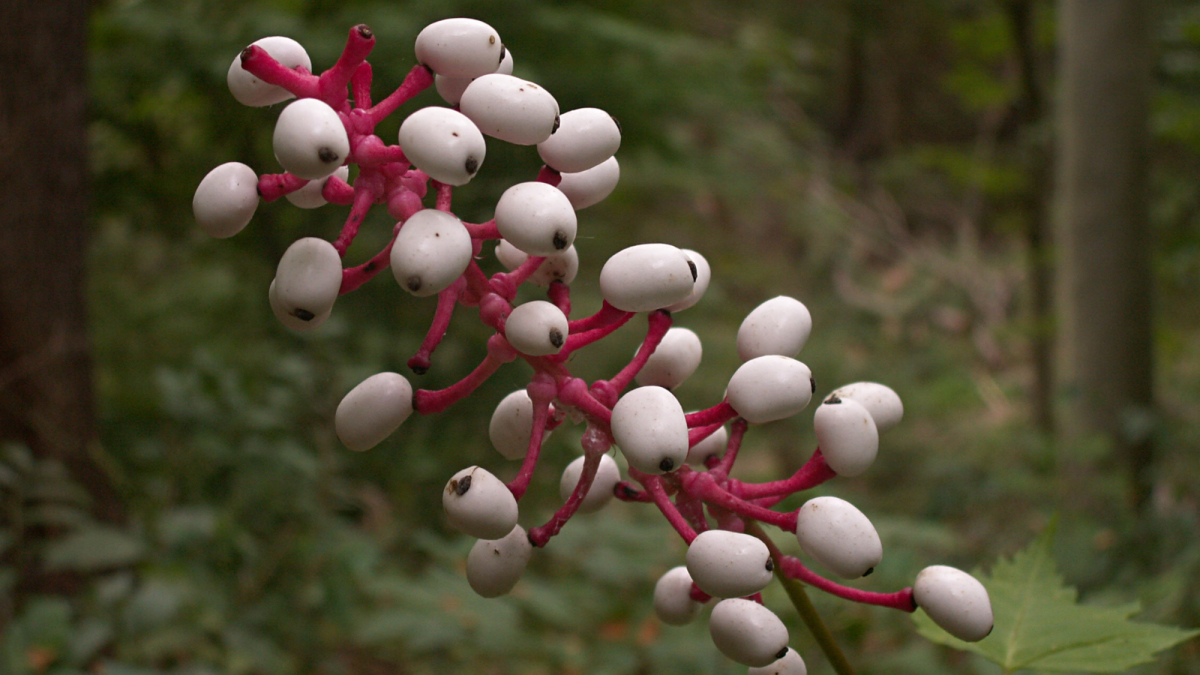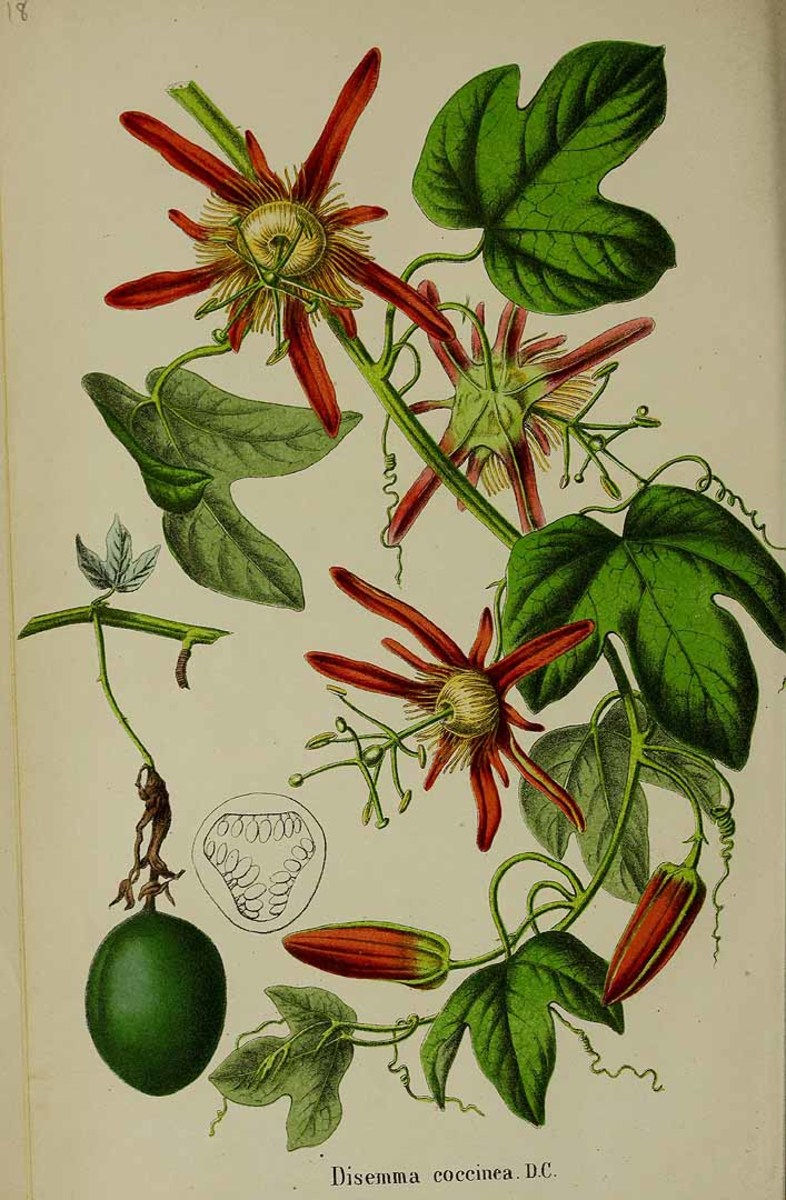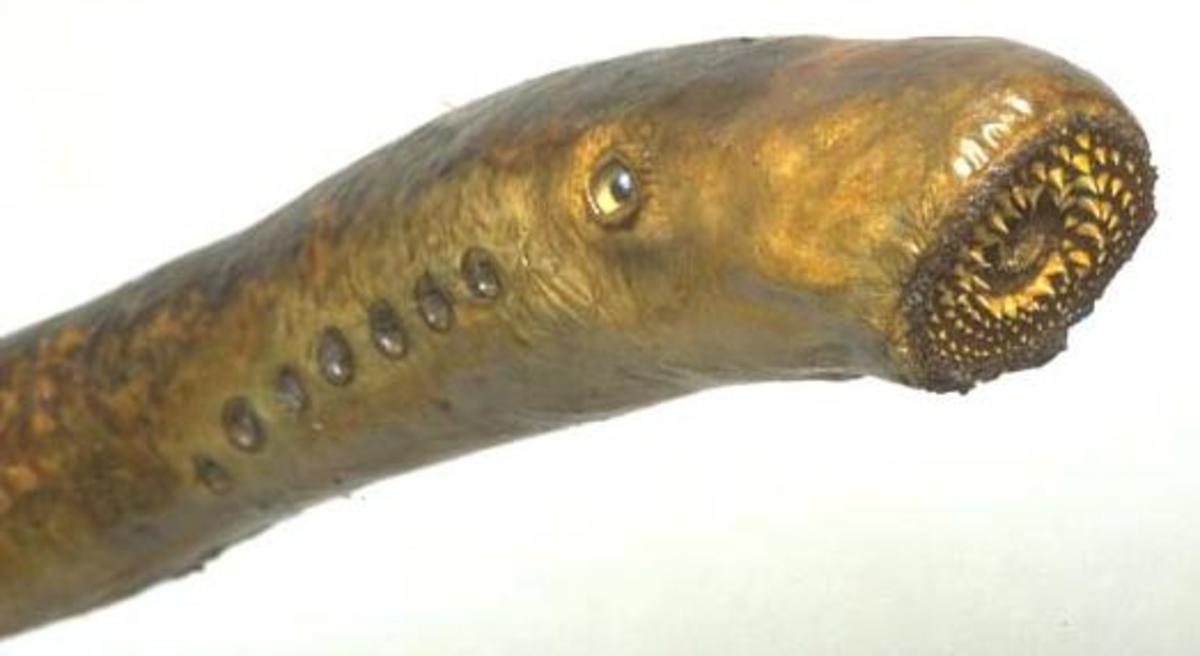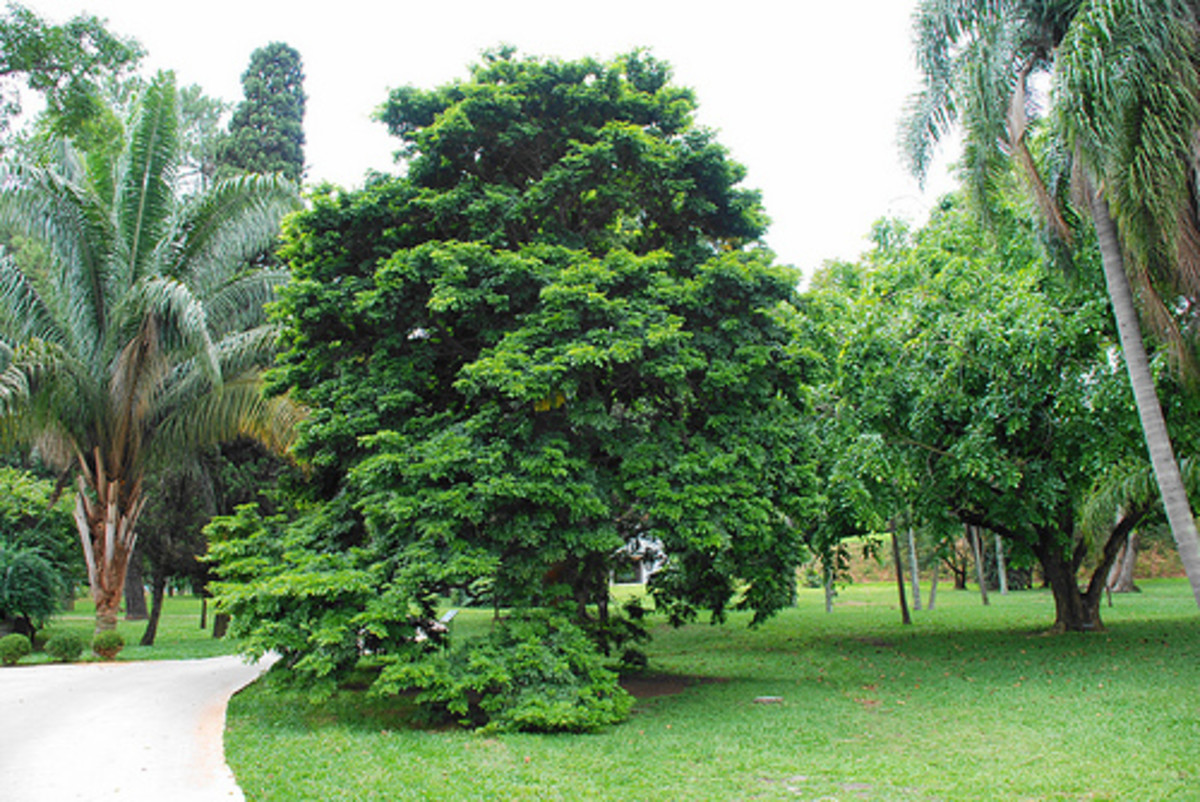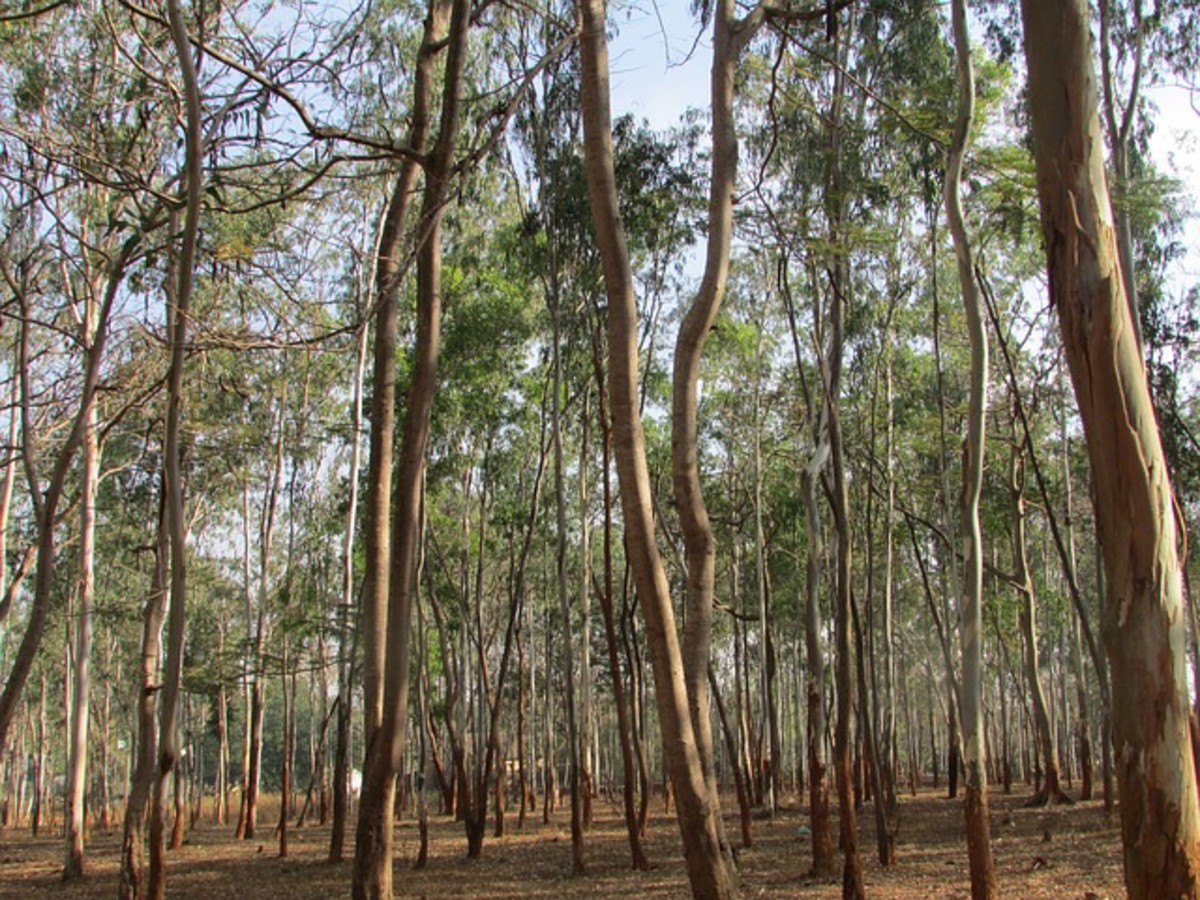The Double Life of Endophytic Fungi
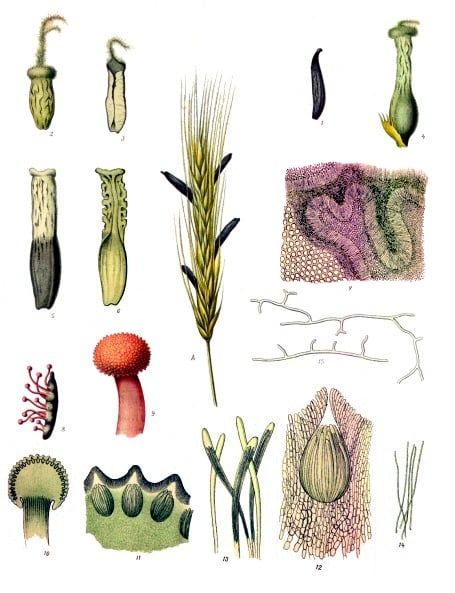
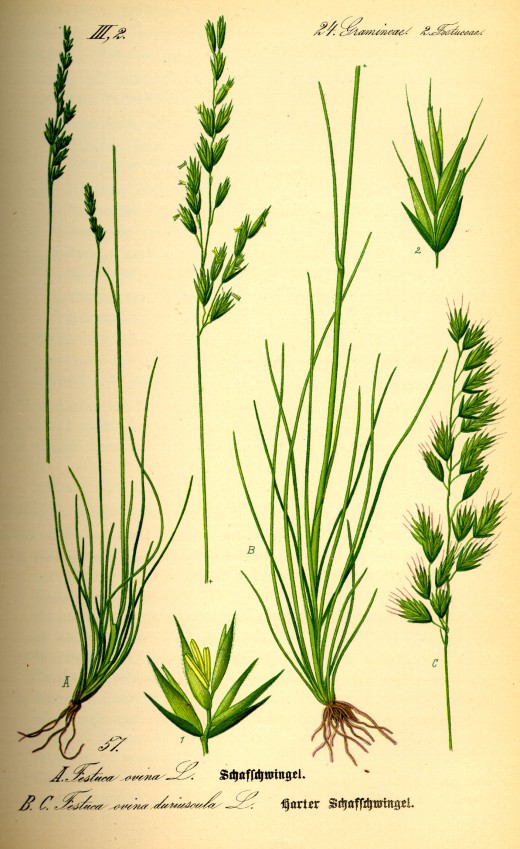
Fungi are a very diverse group of organisms that live their lives mostly unnoticed to us. We are all familiar with the popular mushrooms we eat, the yeasts used to make bread or beer, the annoying mold that grows almost on anything, the funny flavour of some strangely coloured but highly praised cheeses, and of course the unbelievably expensive truffles that some spare no means, wallets I should say, in order to get them. These are all fungi. Fungi are mostly known by their effects rather than by how they look like or how they live. That is, fungi are known by the usefulness of some drugs we use, e.g. penicillin, from the economic impact that some species have on crops, e.g. rust, or from diseases that they cause on people and animal life, e.g. athlete’s foot. In fact, the life cycle of many fungi is still unknown and the complexity of those that science knows contrasts enormously to their apparently simple body shape. Although there are some species of fungi that lead a complete parasitic life, thus potentially harmful to their hosts, most fungi together with some heterotrophic bacteria and other organisms are the decomposers of the biosphere, as you may recall from your middle school science classes. The vast majority of fungi are thus called saprotrophic. Their role is thus essential for life as their action releases carbon dioxide and other compounds that can then be used again by plants, the autotrophs, and eventually by animals. There are also some species of fungi that present parasitic and free-living sapotrophic life stages, which are thus called facultative parasites.
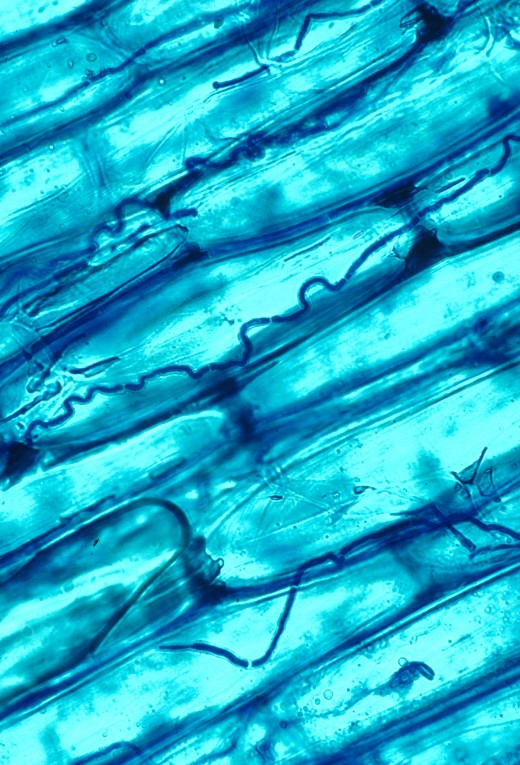
Endophytic Fungi
Many of the fungi species classified as parasitic have in fact very complex life cycles, involving sexual and asexual reproduction stages with different morphology and body shape and often having several hosts. The complexity is such that in the past it led scientists to classify the different morphological stages of the development of some of these parasitic fungi as of different species. Until last year fungi with both sexual and asexual reproduction stages were allowed to have a dual classification, i.e. a different scientific name for each stage. However, since January 2013 preference was given to naming and referring to fungi based on their sexual reproduction stage only, as this is their main way of reproduction. Although classified as parasitic, obligate or facultative whether or not a host is needed to complete their life cycle, the role and actions of these fungi on the host are very complex and in fact they can be beneficial to it. To our eyes these fungi seem to live a double life. Plants are by far the main hosts of many parasitic fungi and among these there are many that live inside plants, to the point of only existing inside them. Leaves and stems of many plants are often riddled with fungal hyphae, i.e. fungal filaments, the main structure of multicellular fungi. The fungi that live inside plants are called endophytes, a general term also used to describe parasitic plants that live in part or totally inside other plants. Although some fungal endophytes cause disease symptoms in the plants they inhabit, which in some cases translate into serious economic impact when affecting crops, others produce no such effects. In fact they produce the opposite. These fungi can be specific to a particular plant species or infect several species. Because many of these fungi have no obvious effects on the plants they live in they are only found when they are searched for.
From Villain to Saint
One of the best known examples of such simultaneously exploiting and beneficial actions occurs in Festuca arundinacea, a grass commonly known as tall fescue. Festuca arundinacea is a native European grass, a cool-season perennial of the family Poaceae, the same as cereals. Festuca arundinacea is an important forage grass cultivated throughout Europe and North America, which is also used in phtytoremediation, to treat soils and also as an ornamental plant. Therefore, many cultivars of tall fescue have been developed. It is a well known fact that cattle feeding of tall fescue got sick sometimes showing symptoms of what is called fescue toxicosis. Generally, cattle become lethargic, showing intolerance to heat, stop grazing, often panting and drooling excessively, and presents in cold climates what is called fescue foot as result of vasoconstriction of the blood vessels especially in the extremities, causing a gangrenous condition. If the animals are not moved to other forage, they will eventually die. It was only in 1970s that scientists at the University of Kentucky found that all these symptoms were result of poisoning not from the plant itself but from a fungus living in it - Epichloë typhina. On studying more closely the life cycle of this fungus which exists entirely and only within the plant scientists found that the fungus behaves as a symbiont. That is, although the fungus gains nutrition, shelter and a means of dissemination via host propagules it also gives something in return to the host. In this case the fungus gives in return a complete arsenal of drugs and toxins that protect the host plants from insect and vertebrate herbivores and microbial pathogens, enhance drought tolerance and nutritional status, improve growth, and help some plants tolerate higher temperatures. Hence, infected plants are often more vigorous than non-infected plants. Insects and herbivores, including cattle, know naturally how to distinguish infected plants and usually avoid them. This particular type of symbiosis is called mutualism, where both associated species benefit from the actions of each other upon the other; i.e. a win-win situation you might say. The deterrent effects on herbivores occur due to the production of alkaloids by the fungus, which have serious physiological effects on animals and humans. Although very cases have been studied, scientists believe that this type of mutualism between plants and fungi is quite common in nature where thousands of species of fungi and plants may be involved in these relationships.
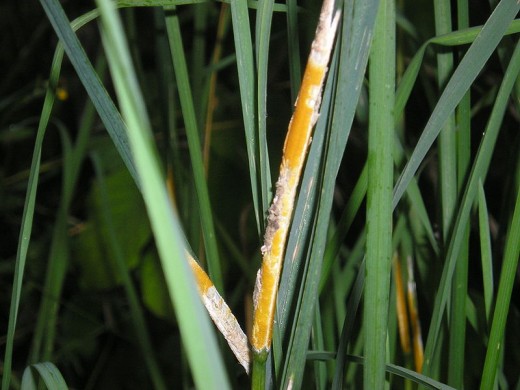
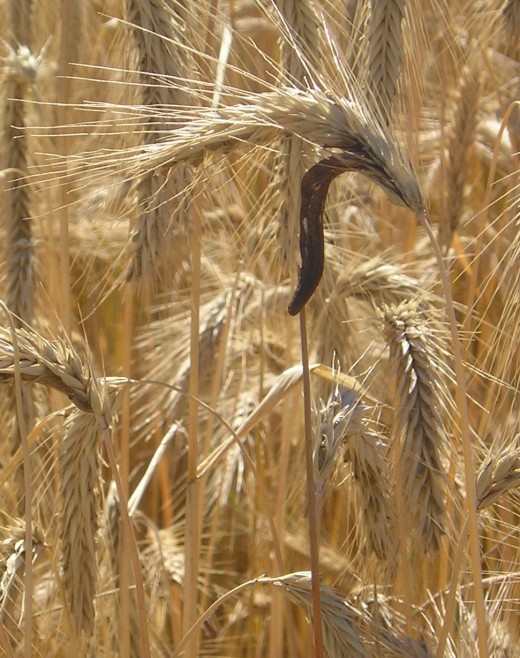
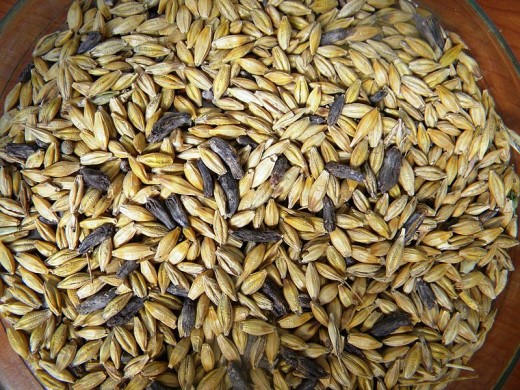
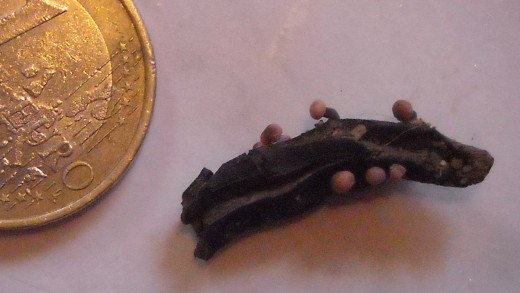
A Complex Life Cycle
Fungi of genus Epichloë are all endophytic fungi that are systemic and constitutive symbionts (long-term) of cool-season grasses (Poaceae), often with limited or no disease incurred on the host. They belong to the fungal family Clavicipitaceae. Generally, Epichloë sp. infects the leaves and other aerial tissues by growing between the plant cells (endophytic growth) or on the surface above or beneath the cuticle (epiphytic growth). The majority of Epichloë fungi are mostly visible on a specific tissue or site of the host tiller when the fungal stroma or sclerotium emerges. The stroma (pl. stromata) is the fungus reproductive structure that is mostly fertilized by insects carrying fungal gametes from one stroma to another, thus effecting cross-fertilization. In order to attract insects the stroma of many fungi produce honeydew similar to nectar produced by plants. Special spores called ascospores are then produced in the stroma and are wind-dispersed to flowers where they germinate and produce asexual spores called conidia which may infect the ovules and developing seeds. In this way, new hosts have been infected by new strains of the endophytic fungus resulting from sexual genetic recombination. Eventually the same structures that produced conidia and resulted from ascospore development in the new host will grow to produce stroma and the cycle will repeat again. However, the conidia that have infected the developing seeds will also germinate if these seeds will turn eventually into new plants. This way we have the transmission of clones of the fungus unchanged by sexual genetic recombination. In many endophytic fungi this is the main way of transmission in which the fungus remains in this asexual reproductive stage not sporulating at all rather its mycelium is passed to new plants exclusively through infection of seeds. Many of endophytic fungi that infect grasses are capable of both sexual and asexual transmission, the balance depending on the environmental conditions or genetic information involved (genotype). In several endophytic fungi the asexual form is the dominant one and the sexual reproductive stage is in fact unknown.
Depending on the fungus species, the host tissues on which the stroma (pl. stromata) ou sclerotium (pl. sclerotia) is produced may be young inflorescences and surrounding leaves, individual florets, nodes, or small segments of the leaves. Young stromata are hyaline (colorless), and as they mature they turn dark gray, black, or yellow-orange and when not involved in reproduction they become the typically hard sclerotia. Sclerotia are hard resting structures that serve mainly as storage organs. It main happen that the host dies and so sclerotia detaches from the host and remain dormant on the ground until favorable growth conditions return. If so sclerotia will germinate producing spores that will infect new hosts. Although typical of endophytic fungi, sclerotia appear in many diverse groups of fungi including free-living saprotrophic species. In the past indentified as individual organisms and described as separate species, sclerotia are only a stage in the life cycle of some fungi, designed to survive over adverse conditions, as the French scientist Louis Tulasne showed in 1853. Due to their storage nature many sclerotia are valuable sources of drugs and are also used as food by humans.
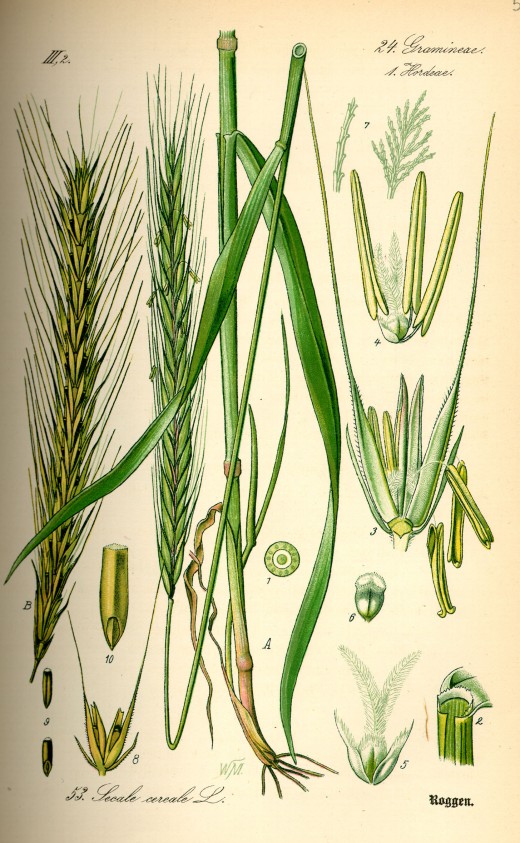

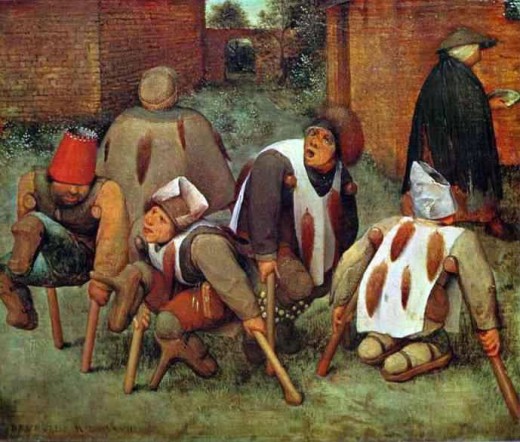
Saint Anthony's fire
Claviceps purpurea is also an endophytic fungus that infects rye (Secale cereale), among other grasses, and is became most famous by the effects of the toxicity of its alkaloids on humans - ergotism. Ergot is the name given to the cock’s spur-shaped sclerotium of infected rye plants. Although the first scientific reports of the symptoms of ergot poisoning (ergotism) in humans and animals go back to 1643, the association between ergotism and the infection of rye by the fungus Claviceps purpurea was only made in 1853 when its complete life cycle was revealed. Domestic animals and people who eat the infected grain develop a disease often accompanied by gangrene, nervous spasms, psychotic delusions, and convulsions. Ergotism occurred frequently during the Middle Ages in epidemics in Central Europe where rye was the main crop used in making bread while in the Mediterranean was seldom observed. Due to its symptoms and the fact that it resulted from an infection of an important crop, ergotism epidemics often caused mass hysteria and social chaos. Therefore, it is not surprising that in those times a supernatural cause was indicated to it. The delusional and convulsive symptoms were frequently seen as proof of bewitchment. In the Middle Ages, the gangrenous poisoning was known as ignis sacer (holy fire) or Saint Anthony's fire, named after monks of the Order of Saint Anthony who were particularly successful at treating this ailment. Notable epidemics of ergotism occurred up into the 19th century but fewer outbreaks have occurred since then due to rye being carefully monitored in developed countries. Today it still occurs rarely in small episodes and it had been attributed as main cause of the event that occurred in the French village of Pont-Saint-Esprit in 1951 where four people died and more than 250 were affected with symptoms of poisoning.
Central Europe, where many ergot epidemics occurred
Not All is Bad
Ergotism is caused by all species of genus Claviceps and the manifestation of convulsive or gangrenous symptoms as well as their severity depends on the alkaloid content of the species or strains of the fungi involved. The most serious cases occur due to long-term poisoning. Whenever there is a combination of moist weather, cool temperatures, delayed harvest in lowland crops and rye consumption, an ergot outbreak is possible. However, apart from its severe toxicity, some of the alkaloids of the sclerotium of Claviceps sp have the property of enhancing muscle constriction and have been used for more than 400 years to hasten uterine contraction during childbirth. Others alkaloids dilate the veins decreasing blood pressure. Claviceps sp. ergot also contains small amounts of lysergic acid amide (LDA), a precursor of lysergic acid diethylamide (LSD) that was first discovered in studies of the alkaloids of Claviceps purpurea. Because of these different medical uses, several strains of Claviceps purpurea are in fact bread commercially under controlled conditions for the production of alkaloids.
Recommend reading:
- The Shaggy Ink Cap, Coprinus comatus: An Unsuspitiou...
Although well know, the edible shaggy ink cap, Cropinus comatus, has a unique life strategy. It is an efficient and avid predator of microscopic soil organisms. Only recently has its secret life has been revealed to the world. - The Ancient World of the Colourful and Enduring Lich...
Lichens are found in all continents and climates with the most diverse colours and shapes. They are composite organisms formed by a fungus and one or several photosynthetic partners that can be unicellular green algae or cyanobacteria. Although unoti - The Giant Polypore Fungus, Meripilus giganteus: The ...
The giant polypore fungus and its partnership with old trees. - The Hidden World of Carnivorous Fungi
Fungi are mostly known for their fundamental role in the decomposition of organic matter. However, nitrogen is also essential to their life and to some fungi predation has become the most efficient way of getting it. Far from the idyllic image of a c

